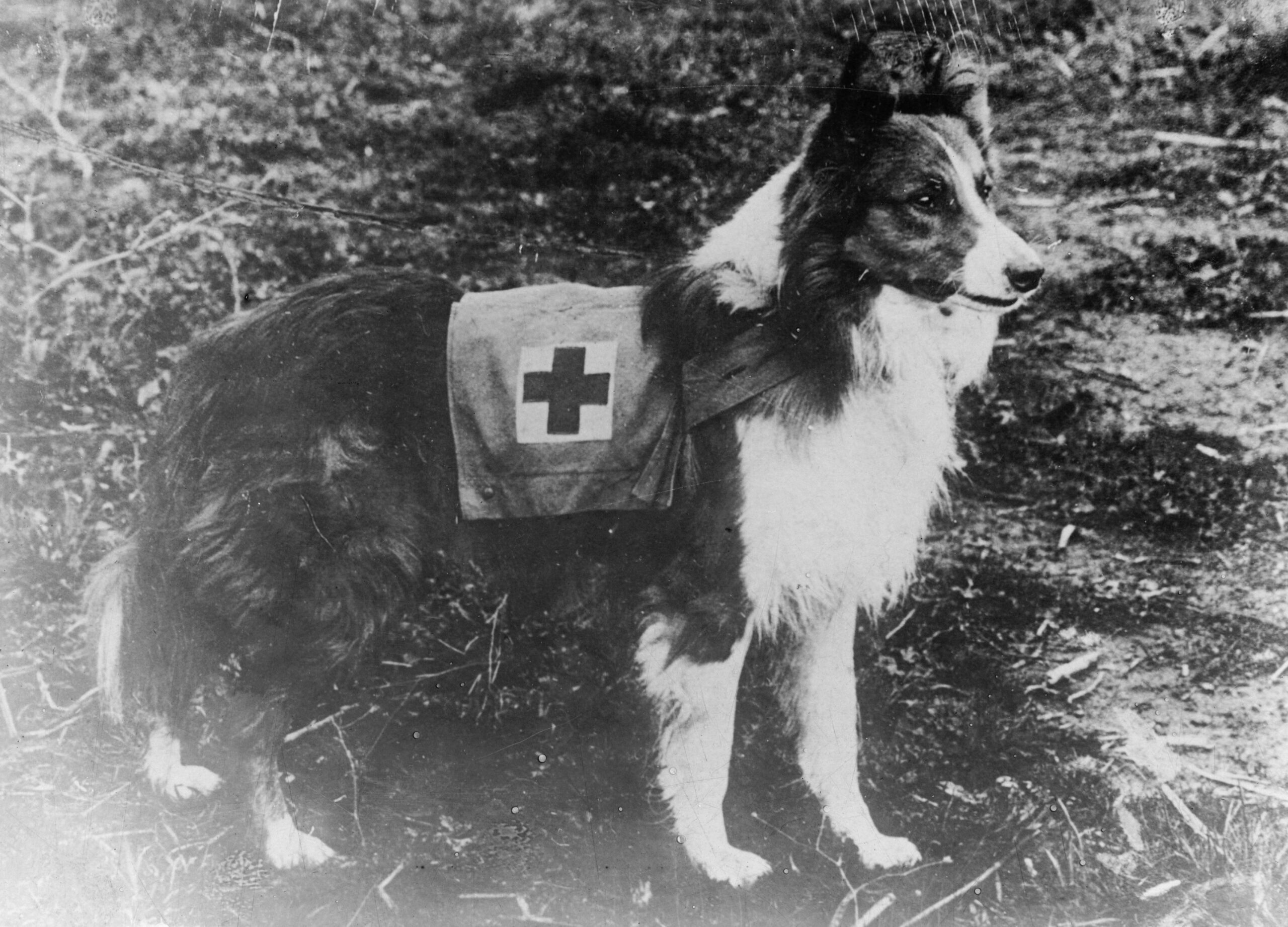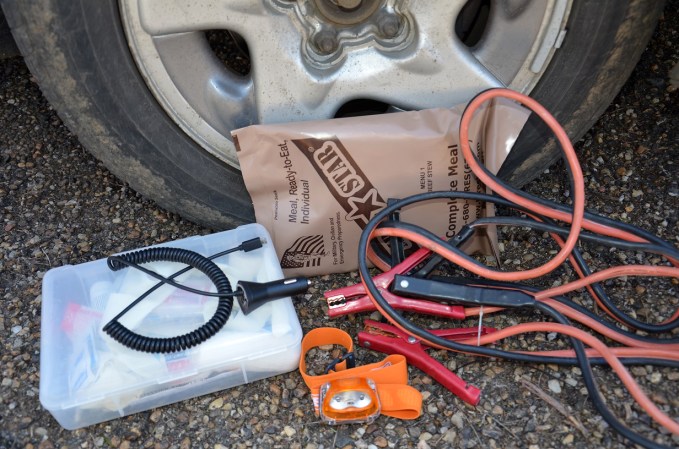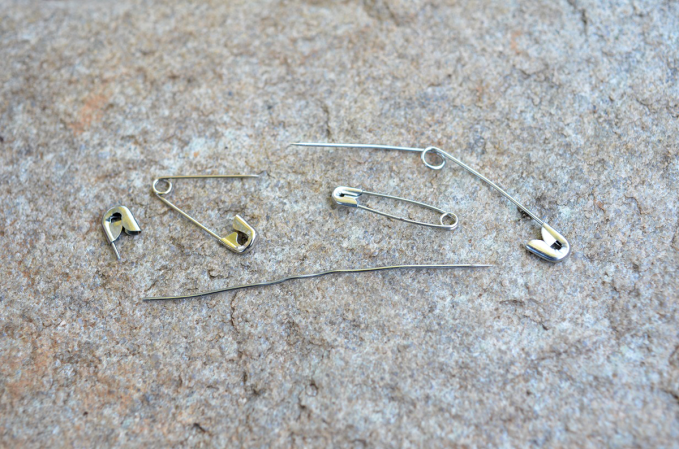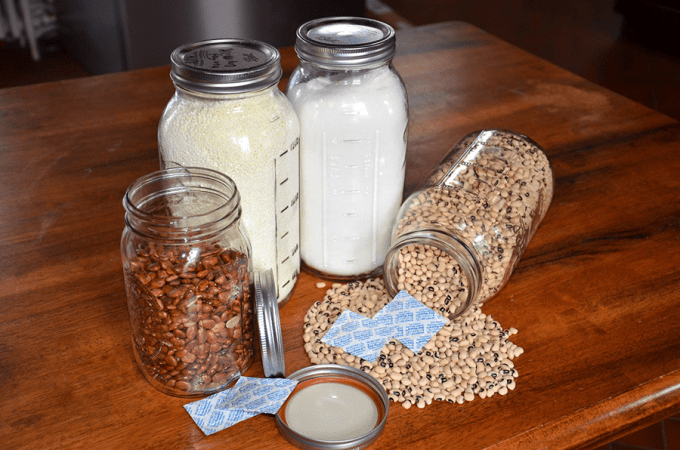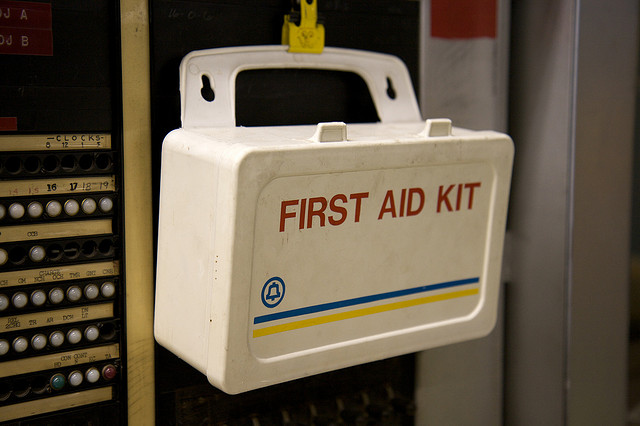We may earn revenue from the products available on this page and participate in affiliate programs. Learn More ›
For most of us, our companion animals are like family. And as such, you’ll need to account for their survival in your emergency planning and preparation. Because our pet friends are so dependent upon us, their survival may come down to our advanced planning and forward thinking. Here are five things that your pet will need in the event your household is beset by an emergency.
1. Water
We can’t go more than a few days without water, and neither can our pets. The rule of thumb on water is one gallon per person per day. Don’t forget to add water for your animals to your emergency stash. For those with a few small creatures in your care, an extra quart or two per day should be sufficient. For those with many pets or a few big ones, add up the total weight of your animals and add one gallon of water per 100 pounds of pets.
2. Pet Food
While cats and dogs could easily fall back on their ancestral predator diet, it’s still smart to store some extra food for then. I use Mylar bucket liners and oxygen absorbers to store 5 gallon buckets of pet food for years at a time. Heat seal the Mylar bag just as you would for home grain or bulk food storage and keep the buckets in a cool, dark, dry place. Rotate these out periodically and replace them with fresh food.
3. Pest Control
In a drawn-out crisis, it’s smart to keep some flea dip, flea collars, Advantage drops, or some other form of flea and tick control available. Failing to do so could leave your entire household scratching—the humans too.
4. Pet Meds
If your companion animal requires regular doses of medicine, keep some extra on hand so that their treatment can continue uninterrupted.
5. Pet First Aid Kit
It unpleasant to think about, but pets get hurt too in emergency situations. A store bought or homemade first aid kit for your pets is a great idea. Many of the items are made for use on humans, but they can be used on animals as well. Here’s a basic list to get you started.
1. Scissors to cut fur, bandages, etc.
2. Sterile eye wash to clean out debris from the eyes.
3. Tweezers to remove splinters, ticks or foreign materials from wounds.
4. Toenail trimmer and styptic pencil to clip torn toenails and stop bleeding.
5. Tape and gauze to hold dressings in place.
6. Vet Wrap to bind dressings in place, similar to Ace bandages.
7. Non-stick dressings for bandaging a wound.
8. Antiseptic wash or wipes (like betadine) to disinfect wounds and sores.
9. Antibiotic ointment for minor wounds.
10. Vet-prescribed pain relief (NSAID). Do not use human pain relievers for pets. Some medications, like Tylenol, are poisonous and may be fatal to pets.
11. Exam gloves for your protection.
12. A muzzle to prevent bites while administering first aid.
13. Diphenhydramine (aka Benadryl) for stings and allergic reactions. Figure out the proper dose with your vet, and make a note of it to keep with the medicine.
What plans have you made for your pet friends? Please tell us about it in the comments.
